Split Brain Does Not Lead To Split Consciousness
Split brain does not lead to split consciousness
A new research study contradicts the established view that so-called split-brain patients have a split consciousness. Instead, the researchers behind the study, led by UvA psychologist Yair Pinto, have found strong evidence showing that despite being characterised by little to no communication between the right and left brain hemispheres, split brain does not cause two independent conscious perceivers in one brain. Their results are published in the latest edition of the journal Brain.

Split brain is a lay term to describe the result of a corpus callosotomy, a surgical procedure first performed in the 1940s to alleviate severe epilepsy among patients. During this procedure, the corpus callosum, a bundle of neural fibres connecting the left and right cerebral hemispheres, is severed to prevent the spread of epileptic activity between the two brain halves. While mostly successful in relieving epilepsy, the procedure also virtually eliminates all communication between the cerebral hemispheres, thereby resulting in a ‘split brain’.
This condition was made famous by the work of Nobel laureate Roger Sperry and Michael Gazzaniga. In their canonical work, Sperry and Gazzaniga discovered that split-brain patients can only respond to stimuli in the right visual field with their right hand and vice versa. This was taken as evidence that severing the corpus callosum causes each hemisphere to gain its own consciousness.
Divided perception
For their study, Pinto and his fellow researchers conducted a series of tests on two patients who had undergone a full callosotomy. In one of the tests, the patients were placed in front of a screen and shown various objects displayed in several locations. The patients were then asked to confirm whether an object appeared and to indicate its location. In another test, they had to correctly name the object they had seen, a notorious difficulty among spit-brain patients. ‘Our main aim was to determine whether the patients performed better when responding to the left visual field with their left hand instead of their right hand and vice versa’, says Pinto, assistant professor of Cognitive Psychology. ‘This question was based on the textbook notion of two independent conscious agents: one experiencing the left visual field and controlling the left hand, and one experiencing the right visual field and controlling the right hand.’
To the researchers’ surprise, the patients were able to respond to stimuli throughout the entire visual field with all the response types: left hand, right hand and verbally. Pinto: ‘The patients could accurately indicate whether an object was present in the left visual field and pinpoint its location, even when they responded with the right hand or verbally. This despite the fact that their cerebral hemispheres can hardly communicate with each other and do so at perhaps 1 bit per second, which is less than a normal conversation. I was so surprised that I decide repeat the experiments several more times with all types of control.’

(Image caption: A depiction of the traditional view of the split brain syndrome (top) versus what the researchers actually found in two split-brain patients across a wide variety of tasks (bottom). Credit: Yair Pinto)
Undivided consciousness
According to Pinto, the results present clear evidence for unity of consciousness in split-brain patients. ‘The established view of split-brain patients implies that physical connections transmitting massive amounts of information are indispensable for unified consciousness, i.e. one conscious agent in one brain. Our findings, however, reveal that although the two hemispheres are completely insulated from each other, the brain as a whole is still able to produce only one conscious agent. This directly contradicts current orthodoxy and highlights the complexity of unified consciousness.’
In the coming period, Pinto plans to conduct research on more split-brain patients to see whether his findings can be replicated. ‘These patients, who are rapidly decreasing in numbers, are our only way to find out what happens when large subsystems in the brain no longer communicate with each other. This phenomenon raises important questions that cannot be investigated in healthy adults because we have no technique to isolate large subsystems in healthy brains.’
More Posts from Karlfelersii and Others

In the winter of 1995, scientists pointed the Hubble Telescope at an area of the sky near the Big Dipper, a spot that was dark and out of the way of light pollution from surrounding stars. The location was apparently empty, and the whole endeavor was risky. What, if anything, was going to show up? Over ten consecutive days, the telescope took close to 150 hours of exposure of that same area. And what came back was nothing short of spectacular: an image of over 1,500 distinct galaxies glimmering in a tiny sliver of the universe.
Now, let’s take a step back to understand the scale of this image. If you were to take a ballpoint pen and hold it at arm’s length in front of the night sky, focusing on its very tip, that is what the Hubble Telescope captured in its first Deep Field image. In other words, those 3,000 galaxies were seen in just a tiny speck of the universe, approximately one two-millionth of the night sky.
So the next time you stand gazing up at the night sky, take a moment to think about the enormity of what is beyond your vision, out in the dark spaces between the stars.
From the TED-Ed Lesson How small are we in the scale of the universe? - Alex Hofeldt
Animation by Yukai Du


At age 23, Tina Fey was working at a YMCA. At age 23, Oprah was fired from her first reporting job. At age 24, Stephen King was working as a janitor and living in a trailer.
At age 27, Vincent Van Gogh failed as a missionary and decided to go to art school. At age 28, J.K. Rowling was a suicidal single parent living on welfare.
At age 28, Wayne Coyne ( from The Flaming Lips) was a fry cook. At age 30, Harrison Ford was a carpenter. At age 30, Martha Stewart was a stockbroker. At age 37, Ang Lee was a stay-at-home-dad working odd jobs. Julia Child released her first cookbook at age 39, and got her own cooking show at age 51. Vera Wang failed to make the Olympic figure skating team, didn’t get the Editor-in-Chief position at Vogue, and designed her first dress at age 40. Stan Lee didn’t release his first big comic book until he was 40. Alan Rickman gave up his graphic design career to pursue acting at age 42. Samuel L. Jackson didn’t get his first movie role until he was 46.
Morgan Freeman landed his first movie role at age 52. Kathryn Bigelow only reached international success when she made The Hurt Locker at age 57. Grandma Moses didn’t begin her painting career until age 76. Louise Bourgeois didn’t become a famous artist until she was 78. Whatever your dream is, it is not too late to achieve it. You aren’t a failure because you haven’t found fame and fortune by the age of 21. Hell, it’s okay if you don’t even know what your dream is yet. Even if you’re flipping burgers, waiting tables or answering phones today, you never know where you’ll end up tomorrow. Never tell yourself you’re too old to make it.
Never tell yourself you missed your chance.
Never tell yourself that you aren’t good enough.
You can do it. Whatever it is.
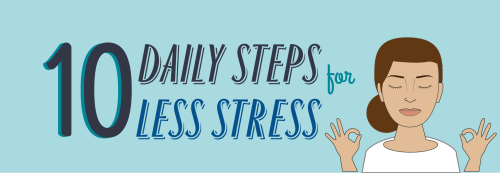
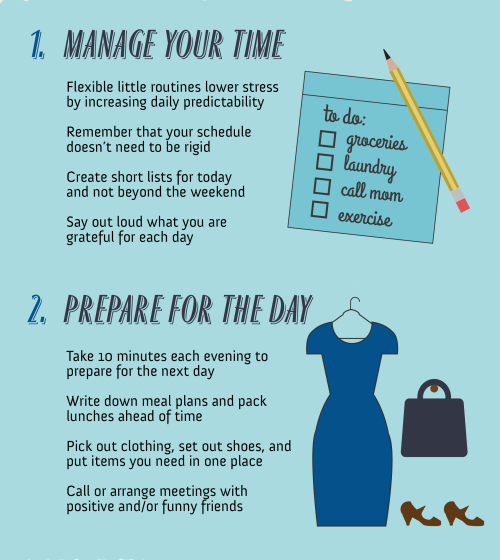
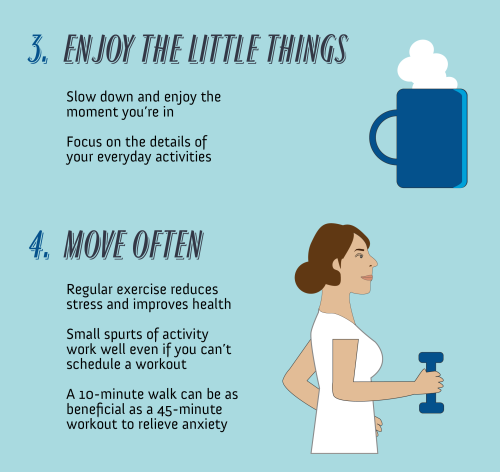
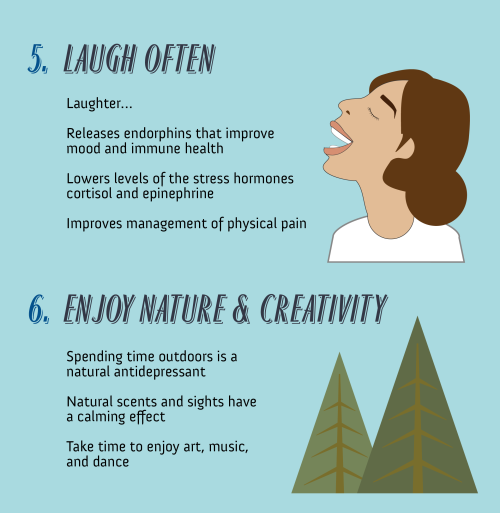
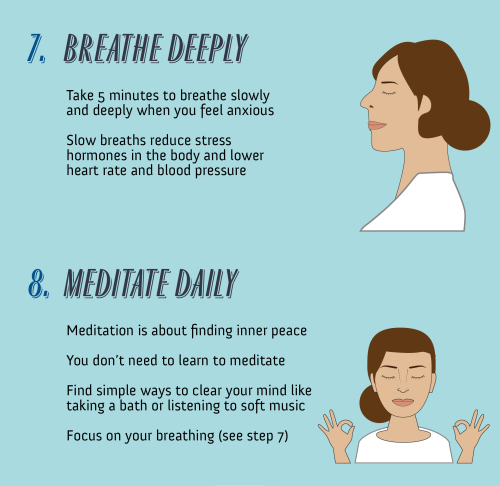
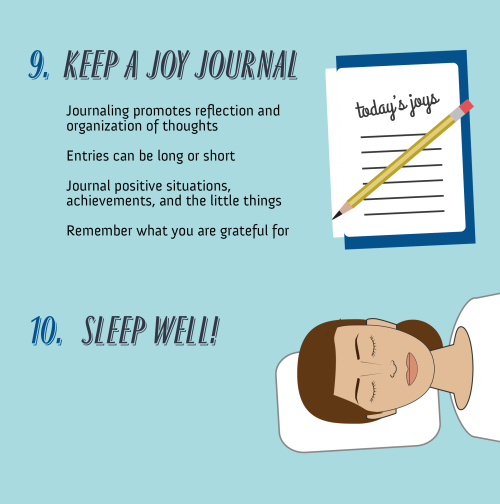
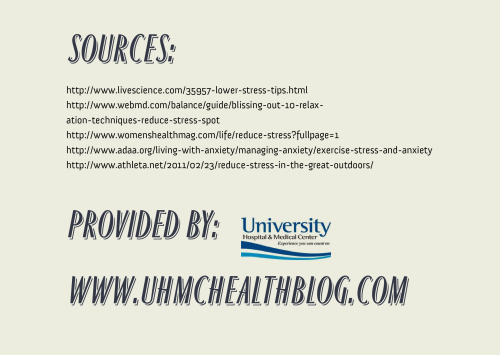
For more posts like these, go to @mypsychology
8 Everyday Habits That Are Making You Anxious

Anxiety disorders affect nearly 20% of adults in North America. That’s about 40 million people! Many researchers estimate that this number is actually closer to 30% since there are many people who suffer undiagnosed anxiety symptoms or aren’t even aware they have anxiety at all.
Sometimes, it feels like anxiety has become a part of modern-day life, and it’s something many of us just have to deal with. In a way, it’s true. The stress of school and the workplace leaves 41% of employees and over half of all college/university students suffering from high levels of anxiety.
Sometimes it just feels good to go home, and indulge in some well-deserved vices. We’ve all had the all-so-satisfying feeling of planting our butts in our couches and binge-watching our favorite Netflix shows while eating pizza. But as tempting and amazing as that sounds, is it really the best thing for us? As it turns out, some of our guilty pleasures may be agitating our anxiety instead of reducing it.
Here are 8 everyday habits that may be stressing you out more than you know.
1. Being a Couch Potato
Yes, your daily activeness has a direct effect on your mood. Regular exercise is important in maintaining your mental health because it reduces stress! According to the ADAA, even just 10 minutes of exercise a day – though 30 minutes of daily exercise is recommended – can improve alertness and concentration. Exercise produces endorphins, which reduce stress. When you spend all day huddled up in bed or on your sofa, you…..
Continue Reading Here

Never give up on someone with a mental illness. When “I” is replaced by “we”, illness becomes wellness.
Shannon L. Alder (via psych2go)
15+ Things We Wish People Understood About Anxiety

It is utterly exhausting living in a near constant state of fight or flight for so long.
Continue Reading
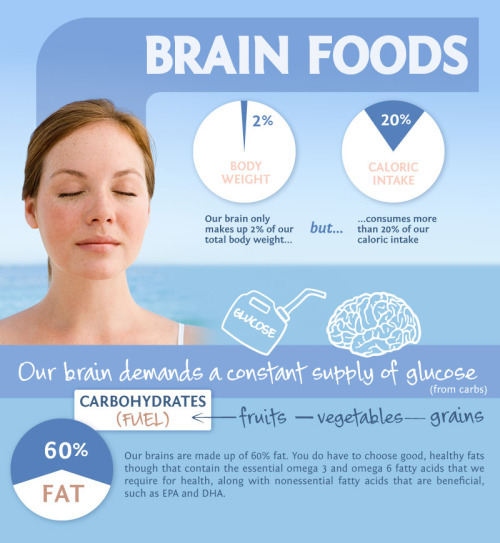
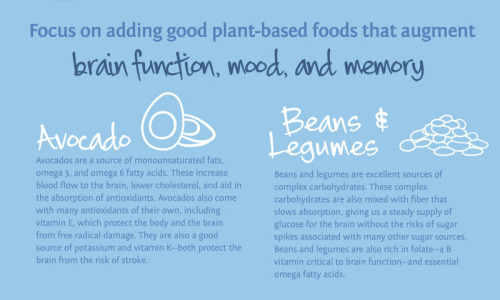
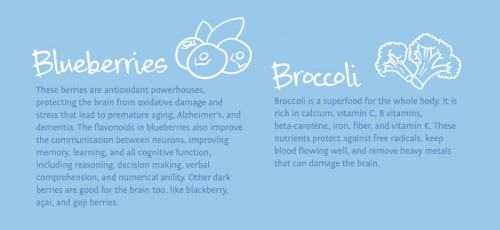
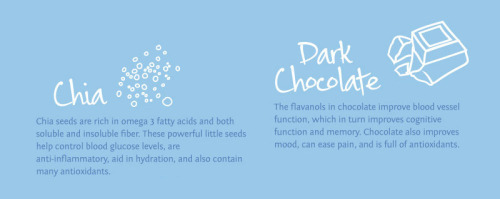
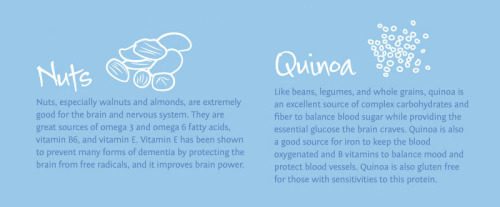
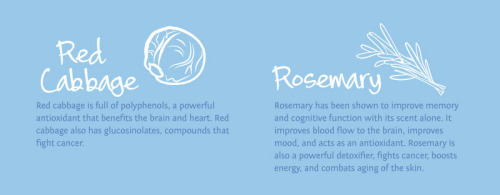
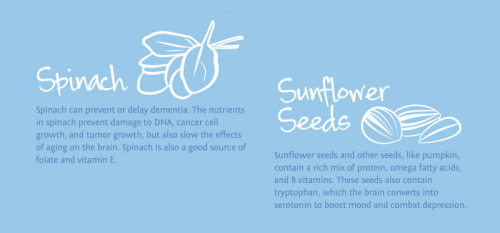
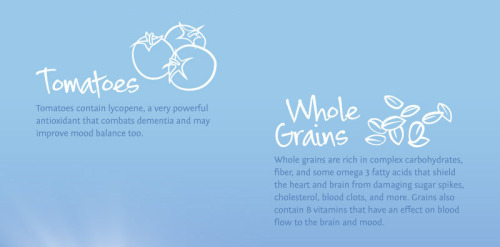

For more posts like these, go to @mypsychology
-
 mar-zelle liked this · 1 year ago
mar-zelle liked this · 1 year ago -
 thebardostate reblogged this · 1 year ago
thebardostate reblogged this · 1 year ago -
 chrisengel reblogged this · 6 years ago
chrisengel reblogged this · 6 years ago -
 chrisengel liked this · 6 years ago
chrisengel liked this · 6 years ago -
 lunariels liked this · 7 years ago
lunariels liked this · 7 years ago -
 sunspira reblogged this · 7 years ago
sunspira reblogged this · 7 years ago -
 shaisnisbsisbns-blog liked this · 7 years ago
shaisnisbsisbns-blog liked this · 7 years ago -
 yabadabadoodre liked this · 7 years ago
yabadabadoodre liked this · 7 years ago -
 pigeon-mermaid liked this · 7 years ago
pigeon-mermaid liked this · 7 years ago -
 tilthy liked this · 7 years ago
tilthy liked this · 7 years ago -
 mullercells reblogged this · 7 years ago
mullercells reblogged this · 7 years ago -
 mullercells liked this · 7 years ago
mullercells liked this · 7 years ago -
 hypostomus reblogged this · 7 years ago
hypostomus reblogged this · 7 years ago -
 hypostomus liked this · 7 years ago
hypostomus liked this · 7 years ago -
 cinflaverin liked this · 7 years ago
cinflaverin liked this · 7 years ago -
 accidentalbugs liked this · 7 years ago
accidentalbugs liked this · 7 years ago -
 skiesburnblue reblogged this · 7 years ago
skiesburnblue reblogged this · 7 years ago -
 psych-0-delic liked this · 7 years ago
psych-0-delic liked this · 7 years ago -
 troglodytemignon reblogged this · 7 years ago
troglodytemignon reblogged this · 7 years ago -
 luminousradar liked this · 7 years ago
luminousradar liked this · 7 years ago -
 kazeto liked this · 7 years ago
kazeto liked this · 7 years ago -
 revanfrost liked this · 7 years ago
revanfrost liked this · 7 years ago -
 ambient-entropy reblogged this · 7 years ago
ambient-entropy reblogged this · 7 years ago -
 yotzin12 liked this · 7 years ago
yotzin12 liked this · 7 years ago -
 toralily liked this · 7 years ago
toralily liked this · 7 years ago -
 g0ub liked this · 7 years ago
g0ub liked this · 7 years ago -
 vavelix reblogged this · 7 years ago
vavelix reblogged this · 7 years ago -
 vavelix liked this · 7 years ago
vavelix liked this · 7 years ago -
 nekoeka reblogged this · 7 years ago
nekoeka reblogged this · 7 years ago -
 bebop13 liked this · 7 years ago
bebop13 liked this · 7 years ago -
 buddingscientist reblogged this · 7 years ago
buddingscientist reblogged this · 7 years ago -
 pensiveowl reblogged this · 7 years ago
pensiveowl reblogged this · 7 years ago -
 lifeofthetryhard liked this · 7 years ago
lifeofthetryhard liked this · 7 years ago
